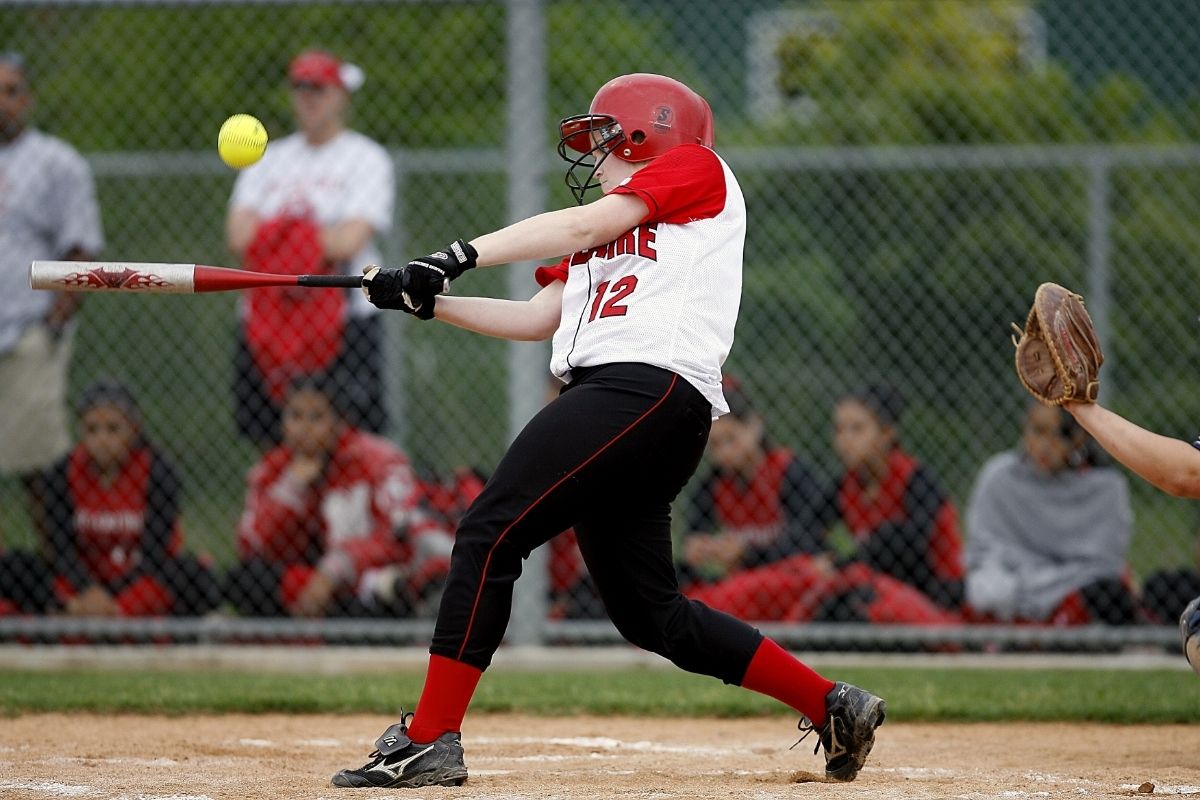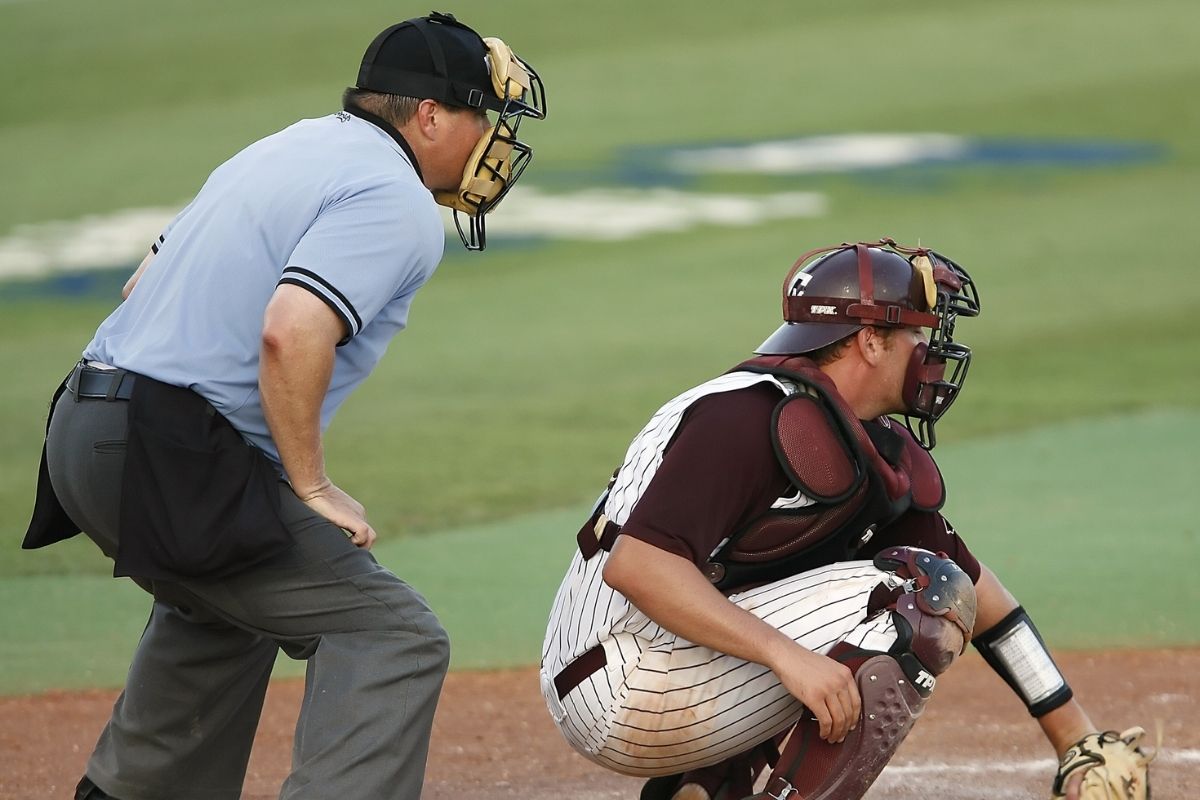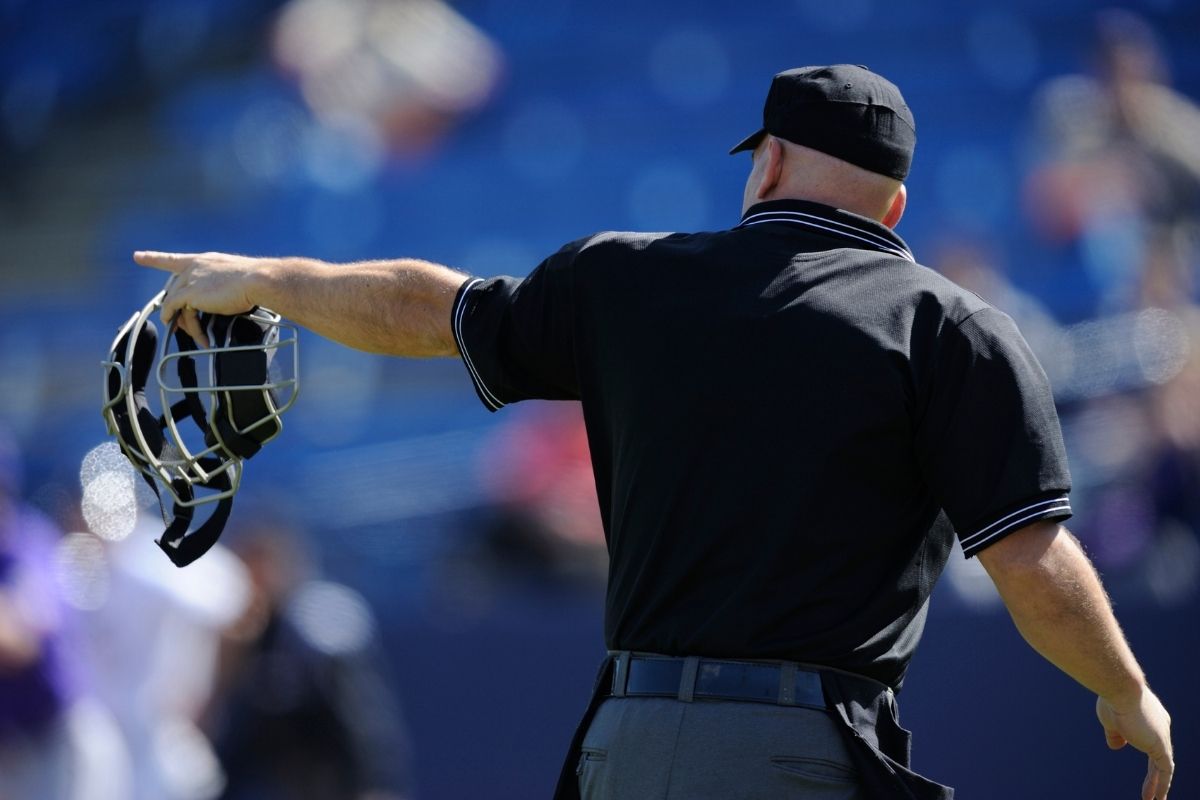Softball can be a complicated game at times, but having good umpires to manage the plays of the game helps it move smoothly and fairly.
Softball umpires are there to enforce the rules, make fair and accurate calls, and overall make sure that the game goes as smoothly as possible for all the players involved.


However, most games of softball don’t limit themselves to a single umpire; so just how many umpires are there in a normal softball game?
If you’re interested in learning more about softball umpires and how many umpires are used in a game, then you’re in luck! We’ve gathered everything you need to know about the number of umpires in a softball game into this simple handy guide!
In this article, we’ll take a look at how many umpires are used in a game of softball – from the minimum and maximum number of umpires allowed on the field to the roles these umpires play.
So let’s get started, shall we?
How Many Umpires Are In A Softball Game?
The number of umpires in a softball game isn’t always consistent, and can vary dramatically depending on a couple of factors.
This range can be pretty wide – in fact, the number of umpires in a game of softball can range from a single umpire to a group of seven total umpires!
The amount of umpires used in a softball game depends on several reasons.
The most important factor here is making it easier to observe the match and make calls on the gameplay; a single umpire won’t be able to keep track of everything happening on the field, but a group of umpires is much better equipped to handle a fast-paced and chaotic game.
This doesn’t mean that more is necessarily better, however.
To run a softball game as smoothly as possible, there needs to be enough umpires to make good calls but not too many umpires that things get too complicated.
What Is The Minimum/Maximum Number Of Umpires In A Softball Game?
As mentioned above, the number of umpires in a game of softball can vary quite a bit. However, there are some limits to the number of umpires that can be used in a single softball game.
For example, there are minimum and maximum boundaries to how many umpires can be used.
A softball game must always have at least one umpire to officiate and manage the game.
However, a single umpire isn’t ideal for most games of softball and the norm in most cases is having to have at least two umpires – the Plate Umpire (also known as the Umpire-In-Chief) and the Base Umpire.
Depending on the league/managing body of a softball game being played in, this number can be upped to a minimum of three umpires; here, there are two base umpires with one on the first base third base respectively.
We’ll get into the roles of these umpires later, but having at least two or three umpires in a softball game makes it far easier to manage and watch the plays of the game.
Rules around the maximum number of umpires in softball are far clearer. There can be no more than seven umpires presiding over a single game, but it is unusual for this many to be used.
Typically, this will only be the case in more serious games at the end of a season where more perspectives are necessary.
There will only be one plate umpire in a game regardless of how many umpires there are in total.
The further six umpires will be divided evenly between the bases and the outfield; one umpire for each of the three bases, and three umpires stationed in the outfield.
Overall, the number of umpires in a game of softball can differ pretty dramatically, and softball games can use anywhere from one to seven total umpires depending on the needs of the match.
While these minimum and maximum requirements exist for a reason, most of the time a softball game will stick with either three or four umpires. This can be down to the league the game is part of, or just to make a game easier to officiate!
What Do Softball Umpires Do: Softball Umpire Breakdown


Now that we’ve taken a look at how many softball umpires can be on the field at once, let’s take a look at the responsibilities of each type of umpire. Here’s a quick breakdown of what softball umpires do.
The Plate Umpire/Umpire-In-Chief
The plate umpire is the most important referee in a softball game, and is responsible for overseeing all other umpires on the field.
There is only one plate umpire per game, and they act as the head referee in a softball game (hence the name umpire-in-chief), along with the individual responsibilities of their position.
A plate umpire stands behind the catcher and batter on the home plate. Here, they will make rulings on the pitcher’s throw, along with managing the catcher and the batter to ensure that each judgment is made correctly in terms of strikes and outs.
Additionally, they will manage the other umpires by assigning them roles and making final judgment calls based on the other umpires’ rulings.
Base Umpires
Base umpires (as the name suggests) stand behind each base on the softball pitch. There will typically be three base umpires – one for each base – but some softball games will only use two.
These will stand behind the first and third bases.
Base umpires are there to rule whether a batter is In or Out when reaching each base plate, as well as to keep an eye on aspects of the game that the plate umpire can’t see.
Outfield Umpires
Outfield umpires are the least common type to see in a softball game, and are typically only used when more sets of eyes are necessary.
These umpires stand in the outfield area of the softball pitch and provide a clearer and more accurate judgment on play calls to help the game run more smoothly.
Final Thoughts
So there you have it – now you know all there is to know about how many umpires are used in a softball game!
Whether you were curious about how many umpires can be on a softball pitch, the minimum and maximum number of umpires allowed in a game, or the roles that each type of umpire plays, you can use the knowledge in this guide to answer all your umpire-related questions!
- Can You Play Pickleball on Grass? Tips and Tricks - June 12, 2023
- Do Pickleballs Wear Out? Everything You Need to Know - June 12, 2023
- Can You Play Pickleball on Concrete? A Guide to Playing on Hard Surfaces - June 12, 2023








